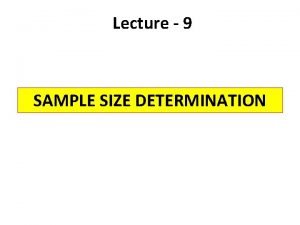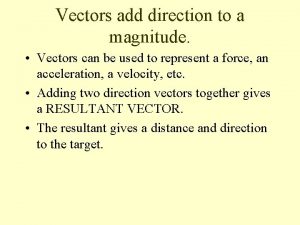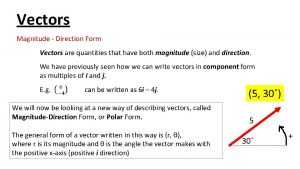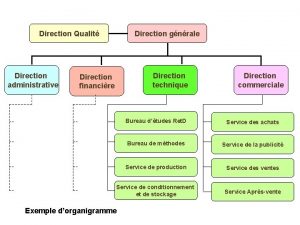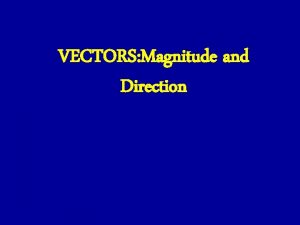Equations of Motion Vectors size magnitude and direction














- Slides: 14

Equations of Motion

Vectors – size (magnitude) and direction Add head to tail for relative velocity problems (eg boat on river) Subtract by adding the opposite for change problems (final – initial!!!!) Components – vertical and horizontal (projectiles)

Our basic formulae v = Δd Δt a = Δv Δt Used for uniform motion.

Graphs of Motion

The most useful graph is The velocity time graph because from this we can get the velocity (read graph) acceleration (the gradient) distance travelled (the area under the graph)

To solve this problem A dragster travelling at a constant speed accelerates uniformly from 56 ms-1 for 8 s to reach a new speed of 85 ms-1. What distance did it do and what was the acceleration?

Equations of motion Using a general velocity- time graph we can look at any situation with constant (or zero) acceleration and get some useful equations

Using the gradient (acceleration)

Using the area under the graph

Using tricky maths we get a 3 rd equation By substituting for t from vf = vi + at into d = vit + 1/2 at 2 and rearranging, it can be shown that These equations are called the kinematic equations of motion

Solving problems using the kinematic eqations of motion An object is decelerating at 0. 24 ms-2 from an initial velocity of 22 ms-1. Find the velocity of the object after half a minute

Steps to solve problem List what you know (making sure units are SI units) Decide what you want to find out Select the best equation Rearrange, substitute and solve a = -0. 24 ms-2 (- because deceleration) vi = 22 ms-1 t = 0. 5 min = 30 s vf = ? vf = vi + at = 22 – 0. 24 x 30 = 14. 8 ms-1

Try one for your self A car accelerates from rest at a constant rate of 8 ms-2. How fast is it going when it is 100 m from its starting position? vi = 0 ms-1 a = 8 ms-2 d = 100 m vf = ? vf 2 = vi 2 + 2 ad = 0 + 2 x 8 x 100 = 1600 vf = 40 ms-1

A mathematical note In physics, when multiplying and dividing your answer should be no more accurate than the least accuarate factor (rounding to sig figs). 3601 (4 sf) x 0. 12567 (5 sf) = 452. 5 (4 sf) 3601 (4 sf) x 0. 13 (2 sf) = 470 (2 sf) 100 could be 1, 2 or 3 sf. Unless told otherwise, assume it to be the most accurate (ie 3 sf)
 A vector has both magnitude and direction.
A vector has both magnitude and direction. Vectors
Vectors Apparent magnitude equation
Apparent magnitude equation Vektor satuan
Vektor satuan Sin 37
Sin 37 Does scalar quantity has magnitude
Does scalar quantity has magnitude Motion and types of motion
Motion and types of motion N-t coordinate system
N-t coordinate system![Const int size=18; string *tbl2 = new string[size]; Const int size=18; string *tbl2 = new string[size];](data:image/svg+xml,%3Csvg%20xmlns=%22http://www.w3.org/2000/svg%22%20viewBox=%220%200%20200%20200%22%3E%3C/svg%3E) Const int size=18; string *tbl2 = new string[size];
Const int size=18; string *tbl2 = new string[size]; Size separation can be used
Size separation can be used 2 sample t-test formula
2 sample t-test formula Big ed mona multimodal text
Big ed mona multimodal text Simple harmonic motion equation
Simple harmonic motion equation An object in motion stays in motion
An object in motion stays in motion Chapter 2 motion section 1 describing motion answer key
Chapter 2 motion section 1 describing motion answer key
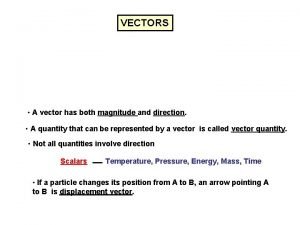
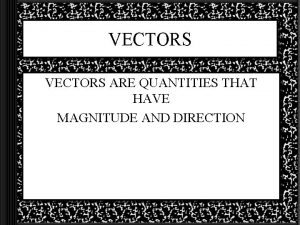
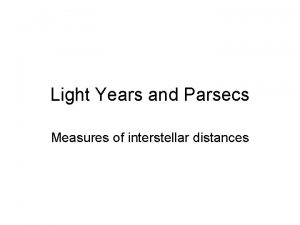
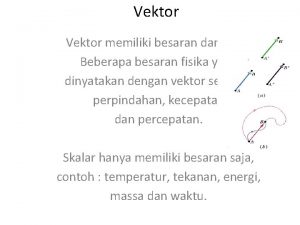



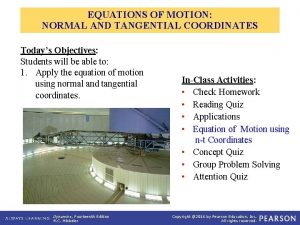
![Const int size=18; string *tbl2 = new string[size]; Const int size=18; string *tbl2 = new string[size];](https://slidetodoc.com/wp-content/uploads/2020/11/1588947_40cf3415d0afabae1c436a49b39f4ad0-300x225.jpg)

